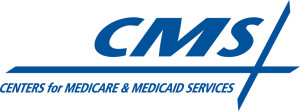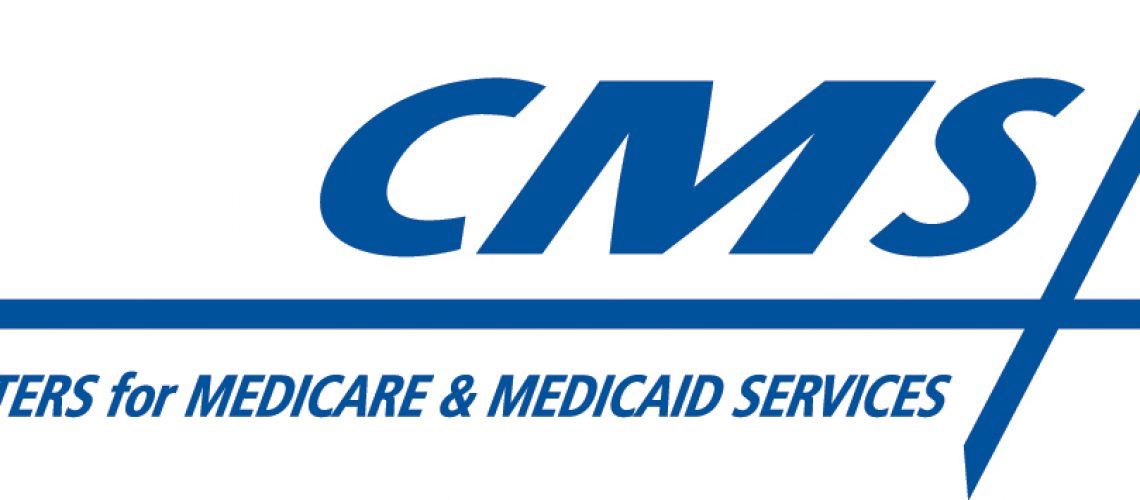 Not a lot of ICD-10 progress was made in 2013. Some elements of the healthcare industry are even less prepared than they were back in January while quite a few of them have made considerable progress and are well ahead of the ICD-10 implementation deadline.
Not a lot of ICD-10 progress was made in 2013. Some elements of the healthcare industry are even less prepared than they were back in January while quite a few of them have made considerable progress and are well ahead of the ICD-10 implementation deadline.
Given the fact that healthcare organizations had a lot to do in 2013 including Meaningful Use, payment reform and HIPAA Omnibus Rule, it is hardly surprising to see that ICD-10 deadline was pushed a year back.
But despite all that, recent findings from the Workgroup for Electronic Data Interchange (WEDI) present a grim outlook. Nearly 80% of the participants have not begun testing and only half have conducted initial impact assessment.
One of the biggest reasons for lack of ICD-10 action is lack of IT vendor preparation. 40% of the survey respondents said their products will not be able to support the new system before 2014 while 20% are halfway or even less complete with their upgrades for the new coding mechanism. In the last survey that WEDI conducted in February, nearly 50% of the health IT vendors said they would be ready for ICD-10 by now, but it really hasn’t been the case.
ICD-10 preparedness has become such a pressing issue that there are already calls by industry experts to push the deadline further back or even have a six-month enforcement-free period. There also has been considerable concern amongst the CIOs that they might be ready for the new system but the CMS would not be. The governing body’s apparent unwillingness to conduct end-to-end testing also points to the fact that this might be as big a farce as Healthcare.gov proved out to be initially.
Despite the challenges, ICD-10 has made sound progress as well. A non-profit healthcare organization Sutter Health expressed their intentions to implement the new coding system by as early as May 31, 2014 highlighting a three year effort and allowing physicians five months to put the system to use before the official deadline.
Sutter’s ICD-10 program director Danielle Reno said, “We won’t be submitting claims to payers in ICD-10, but we will turn it on and physicians will be able to use it.”
However, another leading pilot program, North Carolina Healthcare Information & Communications Alliance (NCHICA) termed initial testing results as “scary.”
The NCHICA had chosen 300 best coders from member organizations.The task to dual-code 20 ICD-9 and ICD-10 scenarios yielded only a 55% accuracy.However, after the learning curve was implemented, the accuracy rose 8 percentage points to 63. One of the reasons for the distressing dual coding results was that some of the coders were not even using ICD-9 codes properly.
WEDI has partnered with the Centers for Medicare and Medicaid Services (CMS) recently to work on an ICD-10 implementation initiative, and in order to help partners shift to the new technology through a free online resource center including an issue reporting system.
Analyzing ICD-10 progress, payers and providers are almost where they were last year in December. In order to speed-up, they need to focus on training and education, payer collaboration, cross-mapping solutions, vendor readiness, systems remediation and dual-coding.
“The lessons learned show that if you can even do a little bit of dual coding, even within the education modules, that is beneficial,” said Christine Armstrong, principal of Deloitte’s ICD-10 practice. “Those timelines are moving and you don’t get to control them.”
——————————————————
Prepare For The Medical Coding Certification Exam Here!
Originally published on: Med City News
Follow Medical Coding Pro on Twitter: www.Twitter.com/CodingPro1







